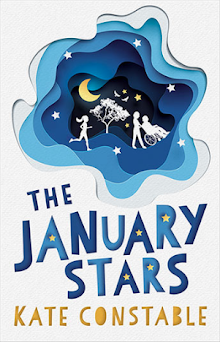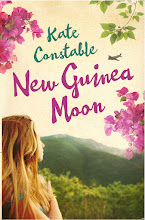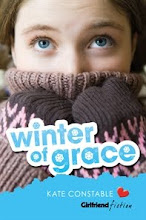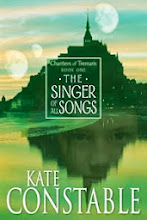I have read Drusilla's Modjeska's
Stravinsky's Lunch before, but not for many years. I wrote
above (below, actually!) about the anecdote which sparked her thinking around this subject, at a dinner with Helen Garner and other friends, mostly writers.
Stravinsky's Lunch is a biography of two Australian women artists, but it is also a mediation on the clashes between the demands of any creative practice, love, family and the world that women artists experience particularly acutely. (Rachel Power's
The Divided Heart is another excellent book on this topic.)
Naturally this is a subject close to my own heart, as I try daily to juggle writing with the multiple needs of family, domestic responsibilities and self-care. The two artists Modjeska writes about, Stella Bowen and Grace Cossington Smith, took very different approaches to the compromises and conflicts they both endured for their art. Bowen left Australia to pursue her artistic studies, but ended up sacrificing her own work for many years after falling in love with the much older writer, Ford Madox Ford, who was supportive of her work (up to a point) but took it for granted that his writing should come first, barely conscious that a quiet house, regular food, and the pleasures of domestic comfort (including children) require work by someone (not him). Eventually they separated and she enjoyed late success as a war artist, but she died relatively young and under-appreciated.
Grace Cossington Smith never married, and in fact, never left her parents' home. Her middle class family supported her financially through the ups and down of artistic recognition, though again she didn't receive the accolades she deserved until late in her long life. Cossington Smith doggedly followed her instincts, painting mostly in isolation and suffering the derision of male critics, and eventually amassed an incredible body of work. But again, her independence was bought at a cost -- in this case, her sister Madge, who kept house and cared for their ageing parents, and then for Grace herself. Modjeska is careful to acknowledge Madge's presence and sacrifice which made Grace's achievements possible.
Annabel Crabb's The Wife Drought makes the same point -- any individual who wants to combine a demanding career (in any field) and a fulfilling personal life (family, children, love) needs a WIFE to do the endless, tedious, draining, time-devouring work behind the scenes. Or a Madge, or a faithful servant, or a partner who is willing to sacrifice a bit of their own time or success or leisure to share the load. Only some us are lucky enough to score one of those.




























